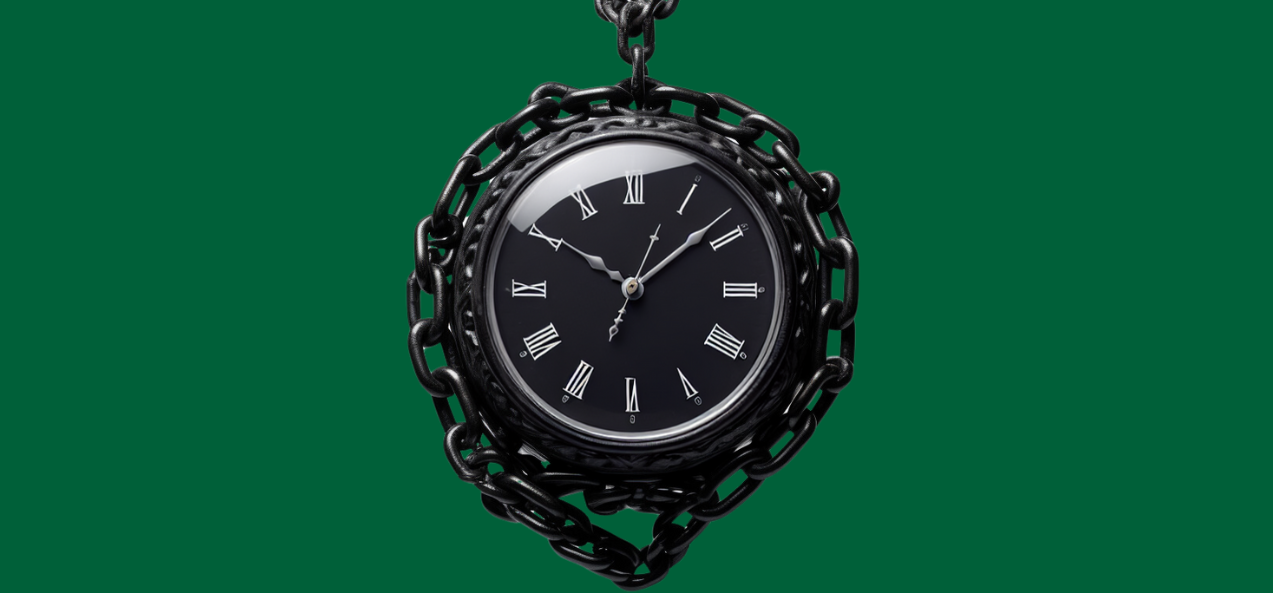Rolex vs Artisans de Genève: hour for reckoning for the customization of trademarked products
From the iconic Alpha Giulia revisited by Totem automobili to the multitude of artists painting on Louis Vuitton bags and Levis jeans, the personalization of trademark products is on a roll.

The Swiss watchmaking industry is no exception. For example, the Swiss Federal Supreme Court very recently ruled (FSC 4A_171/202 of January 19, 2024, intended for publication) on the legality of the activity of “customizing” branded objects in a dispute between Rolex and Artisans de Genève SA, a workshop specializing in the customization of timepieces. As the Federal Court had never had the opportunity to rule on the matter, clarification was awaited – probably with some anxiety – by the circles concerned (tuning, jewelry, high-fashion, luxury leather goods) in view of its repercussions on their business model.
Behavior reproached to the customization workshop
In this case, not only did Artisans de Genève SA carry out modifications on watches brought in by its customers at their request, but Rolex was able to demonstrate that in one case the workshop also sold a modified Rolex Daytona to a “mystery customer” for a price that included the purchase of the original watch as well as its customization.
Far from seeing it as a tribute, this behavior provoked the ire of the famous Crown brand, which saw it as a violation of its exclusive trademark rights.
According to Rolex, a commercial company could not offer, for a fee, services involving modifications to trademarked products unless it obtained the trademark owner’s agreement or removed the trademark. Only the customer would have the right to make modifications himself, without using the services of third parties, on the basis of private use of the trademark.
In the first instance, the Geneva Court of Justice followed Rolex’s stance and prohibited Artisans de Genève from offering its customization services on Rolex watches and from using the Manufacture’s trademark in its advertising and on its creations. The workshop therefore appealed against the decision to the Federal Court to defend its activity.
The right to customize according to the Federal Supreme Court
In its ruling, our High Court points out first of all that the role of a trademark is to distinguish the goods or services of one company from those of other companies, so that the consumer can find them in the abundance of supply.
In this case, our High Court ruled that Lidl’s rabbit created an overall impression similar to Lindt’s, and therefore created a risk of confusion in the eyes of the general public. In contrast to the previous authority, the Federal Court ruled – debatably – that the differences with the Lindt design, such as the inscription “FAVORINA”, the shape of the pendant, the paws and the whiskers, were insufficient to distinguish it from the Lindt design. In the case of food products, the Federal Court considers that the public concerned would pay more attention to the shape of the rabbit than to the inscriptions on it (labels and decorations).
The owner of a trademark thus has the “exclusive right” to use it to distinguish his registered goods or services, and to dispose of it (art. 13 al. 1 TMA). However, there are several limits to this right.
Firstly, the exclusive trademark right is limited to use “in the course of business”. That is, it is market-oriented (“to external third parties”); as opposed to private or limited use within a company. It is irrelevant whether the use is for ideal purposes only or does not generate any sales.
Secondly, this right is also limited by the “principle of exhaustion”, according to which the exclusive right to market a trademarked good is extinguished in principle when it is first put into circulation on the market. In other words, once the owner or a third party authorized by him has disposed of a trademarked product, the purchaser can do whatever he likes with it (offer it, resell it or transform it).
This being reminded, the Federal Court distinguishes between two situations with regard to the personalization of branded objects:
- At the request of its customers, the personalization company provides its services on trademarked objects that belong to them and are subsequently returned to them, without the object in question being put back on the market;
2. The customization company markets directly branded objects that it acquires itself, and then sells them to its customers after modifying them without removing the original trademark.
In this 1st case, the Federal Court concluded that the customization of a trademarked object, carried out at the request and on behalf of its owner for personal use, does not in principle infringe the distinctive function of the trademark. Indeed, in the absence of resale, there is no risk of confusion and therefore no infringement of the distinctive function. In this context, personalization is permitted without the need to remove the trademark or obtain the owner’s authorization.
Incidentally, the Federal Court emphasized that Rolex’s position of reducing the notion of private use to modifications carried out personally by the owner of the trademarked object goes too far. Indeed, the modification of certain products necessarily requires the assistance of a specialist, and the Mon Repos judges rightly see no legitimate reason for this distinction.
However, the High Court considers that the situation is different in the second case, i.e. when the customization company acquires the personalized items itself and then transfers them to its customers.
In this respect, the Federal Court first notes that the principle of exhaustion is not absolute, and that products modified by third parties after they have been put into circulation by the owner constitute an exception that makes it possible to prevent products from being put back on the market.
In such a case, the original trademark is used and marketed by the personalization company in a way that could lead the target public to misidentify the personalized product as coming from the trademark owner. In this way, the trademark no longer fulfils its identification function, as it no longer designates the original article, but a product that has been modified without the trademark owner’s consent.
In view of these considerations, the Federal Court partially upheld Artisans de Genève’s appeal concerning the personalization of items belonging to customers.
Risk of circumvention and potential copyright protection
In view of this new distinction in case law, it is conceivable that some customization workshops may in future offer a brokerage service to circumvent the rules laid down in this case law. It would probably be difficult to see this as an infringement of the law if this service is also open to customers who do not wish to personalize their item, and if this service is remunerated separately.
In conclusion, it should be noted that the personalization of trademarked objects could in some cases also infringe copyright, in particular the right to the integrity of the work (art. 11 CA) or the right of distribution (art. 10 al. 2 lit. B CA). To be protected by copyright, however, the object must have sufficient originality (“individuality”), which is relatively rarely the case for works of applied art.

